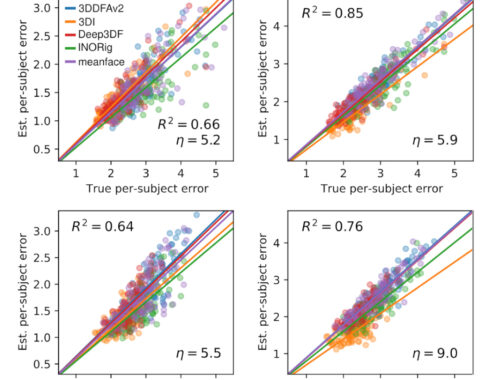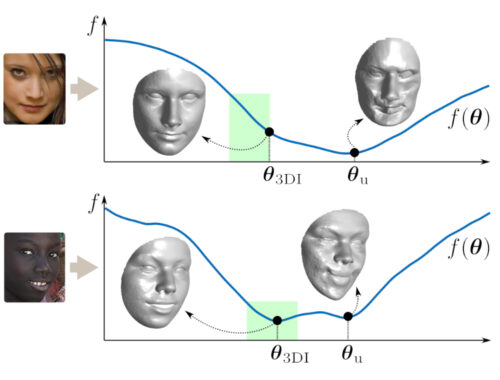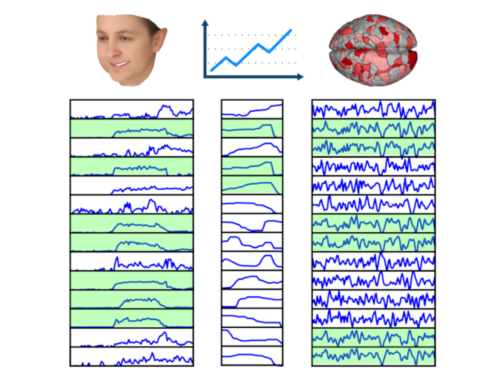Is Pose & Expression Separable with WP Camera?
This study on facial analysis pipelines shows the limitations of using a Weak Perspective (WP) camera when it comes to decoupling pose and expression from face videos. That is, when decoupling of facial pose and expression within images requires a camera model for 3D-to-2D mapping when done through 3D reconstruction. The weak perspective (WP) camera has been the most popular choice; it is the default, if not the only option, in state-of-the-art facial analysis methods and software. WP camera is justified by the supposition that its errors are negligible when the subjects are relatively far from the camera, yet this claim has never been tested despite nearly 20 years of research. This paper critically examines the suitability of WP camera for separating facial pose and expression. First, we theoretically show that WP causes pose-expression ambiguity, as it leads to estimation of spurious expressions. Next, we experimentally quantify the magnitude of spurious expressions. Finally, we test whether spurious expressions have detrimental effects on a common facial analysis application, namely Action Unit (AU) detection. Contrary to conventional wisdom, we find that severe pose-expression ambiguity exists even when subjects are not close to the camera, leading to large false positive rates in AU detection. We also demonstrate that the magnitude and characteristics of spurious expressions depend on the point distribution model used to model the expressions. Our results suggest that common assumptions about WP need to be revisited in facial expression modeling, and that facial analysis software should encourage and facilitate the use of the true camera model whenever possible.
More about the study and the experiments can be found below:



